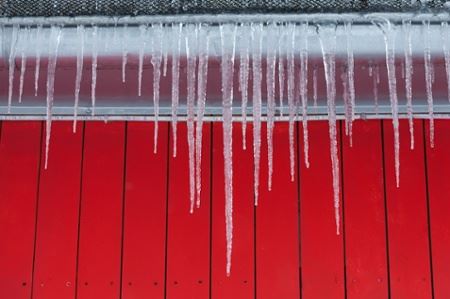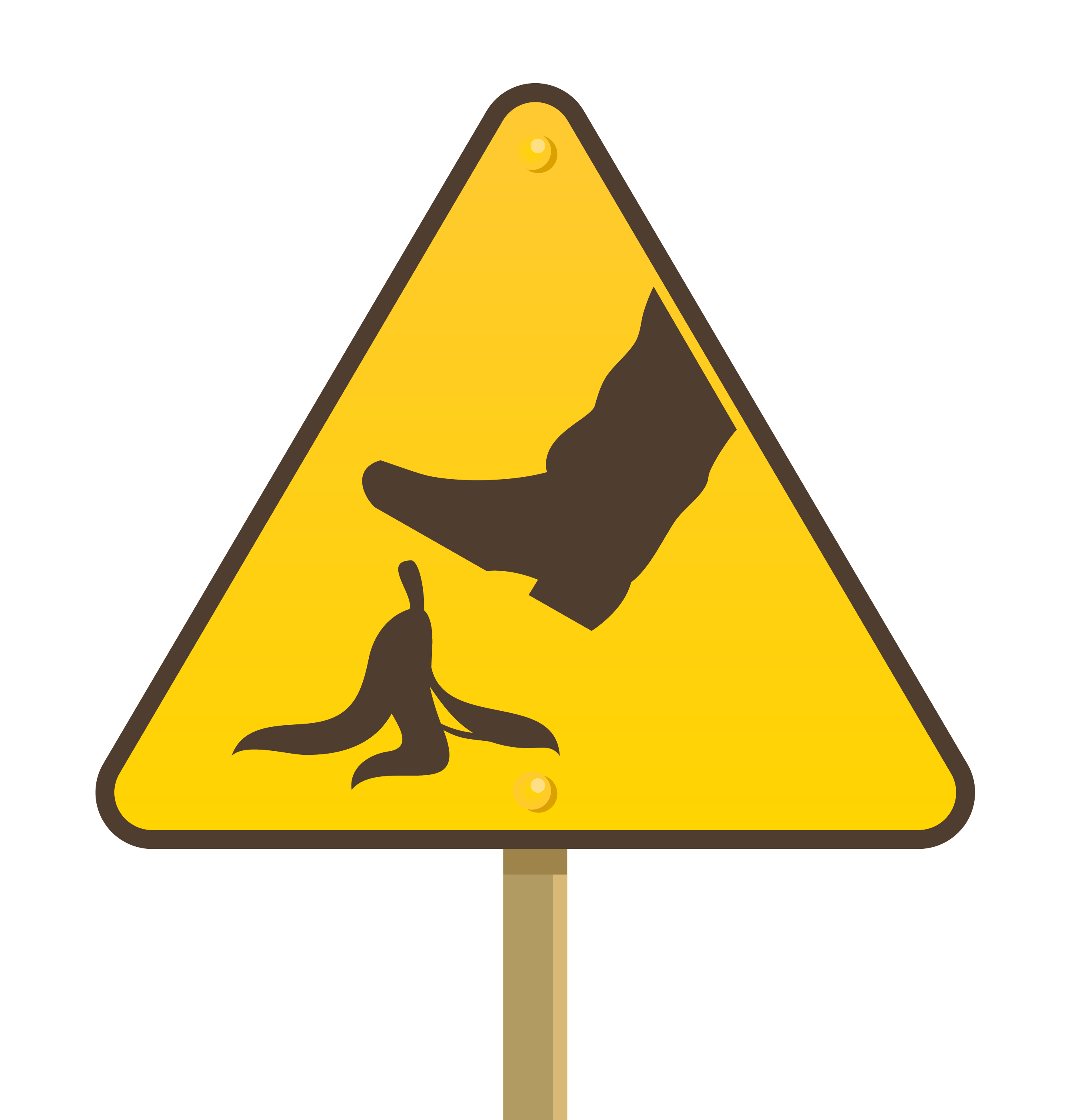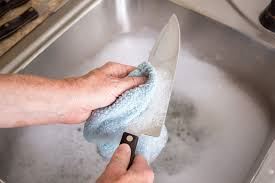We all just want to be happy campers, right? And we’d hate for any guest to be hurt. Preventing injuries and losses protects the people you serve —and your ministry. It also makes it easier to find affordable insurance coverage. In a difficult market, this is important even if it’s not the main goal of loss prevention.
The basics of loss prevention are fairly simple:
-
Understand the potential risks.
-
Formulate a plan to reduce the chance of loss.
-
Establish policies and procedures.
-
Conduct training (and retraining).
-
Apply the policies consistently.
-
Update the plan to conform with changes to laws and regulations and new exposures.
Property presents a particular challenge to camps. Remote locations and traditional construction types make fire a particularly difficult exposure. This is especially true for camps in the Western states when it comes to wildfires. Redwoods insurance has an excellent Wildfire Risk and Hazard Checklist that has tips that apply to general fire prevention as well.
 Over 96% of the dollar value of claims paid by UMI over 14 years were for property losses. As would be expected, most losses were related to storms. Wind and hail accounted for about 59% of all reported claims. While we will always have weather events, we can mitigate losses. We have seen situations where claims were denied or exacerbated by things that care and maintenance could have improved or eliminated:
Over 96% of the dollar value of claims paid by UMI over 14 years were for property losses. As would be expected, most losses were related to storms. Wind and hail accounted for about 59% of all reported claims. While we will always have weather events, we can mitigate losses. We have seen situations where claims were denied or exacerbated by things that care and maintenance could have improved or eliminated:
-
Ensure that your roof, eaves, flashing, and gutters are maintained. Damage caused by water that enters a building is only covered if it does so through an opening created by a covered peril.
-
A newer, well-maintained roof may also reduce the likelihood of disputes with insurance carriers over the cause of interior damage, possibly speeding up the resolution of claims.
-
Keep drains and sump pumps clear of debris and in good working order. If possible, provide a back-up source of power for your sump pump in the event of a power failure that often accompanies severe storms.
-
Keep large trees clear of your roof and ensure that dead limbs are removed. This can be expensive, but it can prevent a loss – the greater your deductible, the greater the risk to your camp’s finances. This may be difficult in heavily wooded areas but do as much as you can to have good clearance from trees and tree lines.
-
Another potentially expensive fix is to make sure that there is proper drainage around your buildings. Water entering under doors may not be covered. This was the number one source of property claims being denied by UMI.
 Leaks and overflows were the third leading cost of claims.
Leaks and overflows were the third leading cost of claims.
-
Leak detection alarms have become less expensive and widely available. More expensive systems can automatically shut off water when a leak is detected. These systems should be professionally installed for best results.
-
Frozen pipes can cause significant damage. Insulate any exposed pipes, make sure there is sufficient heat in the building, open cabinet doors, and let water drip. If you attempt to thaw a frozen pipe, use a hair dryer not a torch. Please, do not stand in water while doing so!
A 2006 study found that there were 1.15 adverse events (injuries and illnesses to us non-academics) for every 1,000 camper days. 68% were illnesses and the rest were injuries. Cuts, scratches, and scrapes were the most frequent injuries (33.3% of injuries) followed by fractures (14.6%) and sprains/strains (10.4%).
Given that illness is twice as likely to happen than injury, it’s an important point of emphasis. This was certainly driven home in our recent pandemic experience. Education is key. If campers and staff show signs of illness, they should stay home or be separated from others. It’s one instance where not sharing is caring.
Good hygiene, food safety, and keeping sick people out of the kitchen are basic precautions. Teaching people to wash their hands, encouraging them to do so, and providing adequate places to do so are best practices.
 Slips, trips, and falls account for close to 30% of all injuries. Here are some steps to take:
Slips, trips, and falls account for close to 30% of all injuries. Here are some steps to take:
-
Make sure that all outside walkways and parking lots are clear of water, ice, snow, and debris.
-
Store all equipment and belongings properly when not in use.
-
Repair all broken or loose stairs and handrails.
-
Give immediate attention to all uneven surfaces to eliminate trip hazards. Place brightly colored warning signs where repairs are still pending.
-
Keep interior doorways, floors, and aisles dry and free of obstacles.
-
Provide adequate lighting in all interior and exterior walkways and parking lots.
-
Properly secure electrical cords, mats, and loose flooring.
-
Ensure that staff are wearing appropriate non-slip, closed-toe footwear.
Head injuries represent a significant risk to long-term health. Proper head protection should be provided for all activities where it is appropriate (e.g. horseback riding and zip lining). It is also important to provide proper surfaces in play areas and to reduce the impact of falls.
 Cuts from sharp objects, such as knives, account for up to 17% of injuries. Make sure that everyone with access to knives understands how to properly use and store them.
Cuts from sharp objects, such as knives, account for up to 17% of injuries. Make sure that everyone with access to knives understands how to properly use and store them.
-
Always use a sharp knife
-
Use a cutting board
-
Always keep the point of the knife on the board and lift the handle to cut
-
Hold the food in one hand (with fingers held back like a claw) and the knife in the other
-
Never leave knives in the sink – always keep them clean and properly stored
-
Keep them clear of the edge and don’t try to catch them if they fall
-
No horseplay
Fatigue and free time are other sources of injury. Be sure to allow ample time for rest and recovery and have systems in place to make sure that free time is used appropriately. Above all, make sure that when it comes to good behavior, your staff is leading by example.
One article won’t make you a loss prevention expert. The keys to loss prevention are knowing your risks, developing a plan, and implementing and updating that plan. Your colleagues, your insurers, and the internet are great no-cost sources of information and resources. An active loss prevention program helps protect your ministry’s people, property, and finances.

When is the last time you shopped insurance for you retreat center or camp ministry? Call UMIP, the only insurance company with direct ties to The United Methodist Church. Visit us at www.UMInsure.org for a FREE, NO-OBLIGATION quote. UMIP is a proud UMCRM Association Business Affiliate Member.